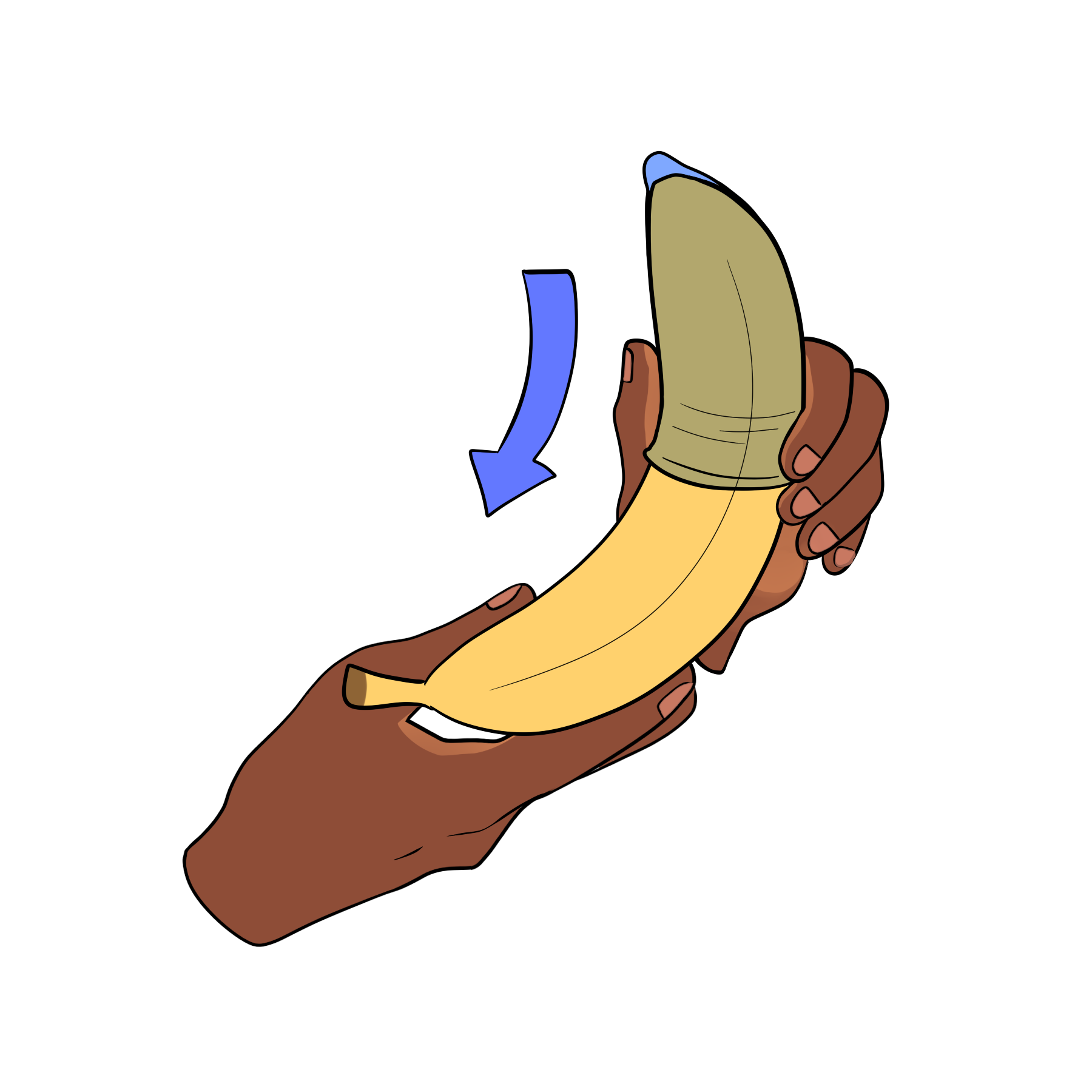By: Brynna Henika, staff reporter.
We have all most likely been involved in a situation where we decided lying was the best answer. Maybe it was telling our best friend she looked great in that dress (when actually it was horrendous), or covering for ourselves so we wouldn’t suffer the unbearable consequence of punishment.
If you have deceived someone more than once, you may have began to notice it became easier each time, or the scenarios grew much more extravagant since the first time you did this. Now that you are pondering, you may begin to wonder why this is. Why has lying become almost something of second-nature to some? Well, there is possibly an answer.
There is a study, recently published in Nature Neuroscience magazine, where scientists have figured out what exactly happens within the brain when we tell a lie, and why they tend to multiply.
Researchers and authors of the article, Neil Garrett and Tali Sharot, tested their subjects in their ability to be dishonest in a game-like experiment that came with a monetary award. Researchers showed an image to their subjects of a jar of pennies, and were asked to estimate how many coins were in it. Their partners, for the experiment, were shown the same image, only this time it was blurry and in a low-resolution setting so they couldn’t see it clearly. The game was played in a variety of rounds, where each participant who gave false information only sometimes benefitted, based on the chosen outcomes of the game.
During this process, fMRIS were ran to highlight the dominant parts of the brain that are favored during the lying process. It was found that there was a spike of activity in the amygdala, the part of our brain which controls our emotions, which with each statement, became less noticeable. With the conclusion of the study, it was found that the more the contestants gave false estimates to benefit their partners, the feeling of guilt slowly went away; thus, making it more likely that the subject would lie again.
“Here’s the challenge as the researcher. You have to manipulate something, that’s what makes it hard with the real world,” says Dr. David Baskind, Professor of Psychology.
Though this study shows that those who gave false numbers showed less emotion, it’s the format of this study that changes everything. In an actual, unsimulated situation, we may lie for a variety of circumstances. With this exact test, a scientist is telling their subject to tell a lie, when obviously, we do these things on our own.
Our medical technology is growing more everyday. Currently, the Polygraph is used to determine when someone is lying. One huge problem with this, is the accuracy. One prime example, are television shows, like Maury. During a situation, like the lie detector tests taken on the show, the person being interrogated is definitely going to be under a lot of stress. They’re relationship could be on the line based on the result of this test.
“The body changes when we are lying. Heart rate, blood pressure, but those things can change when we get really nervous,” Baskind adds. “Polygraph machines, they’re not perfect…they’re only accurate about 2/3 of the time.”
Lying can definitely become a slippery slope, but unfortunately, it doesn’t look like there is any true way to actually determine when someone is fibbing anytime soon.
“I would say it’s legitimate and accurate…but in the real world it’s near impossible.” Baskind says, regarding this recent study. Though he does add, “There’s not a great way to find that people are lying.”

